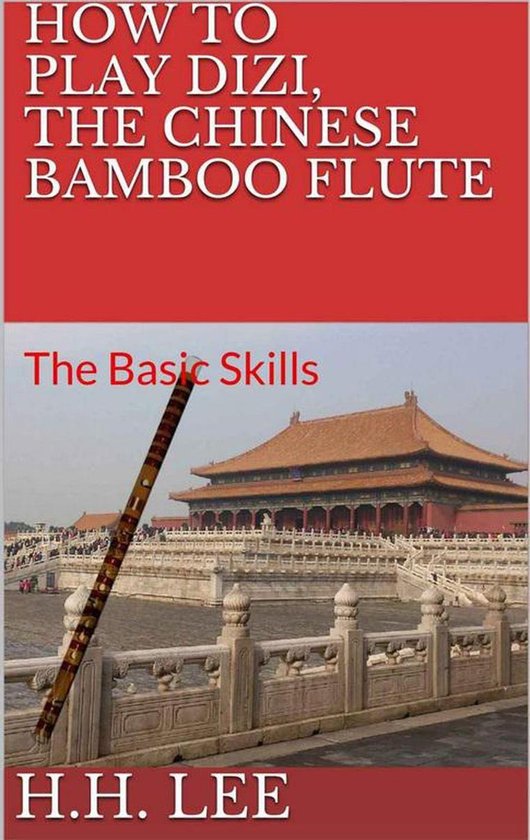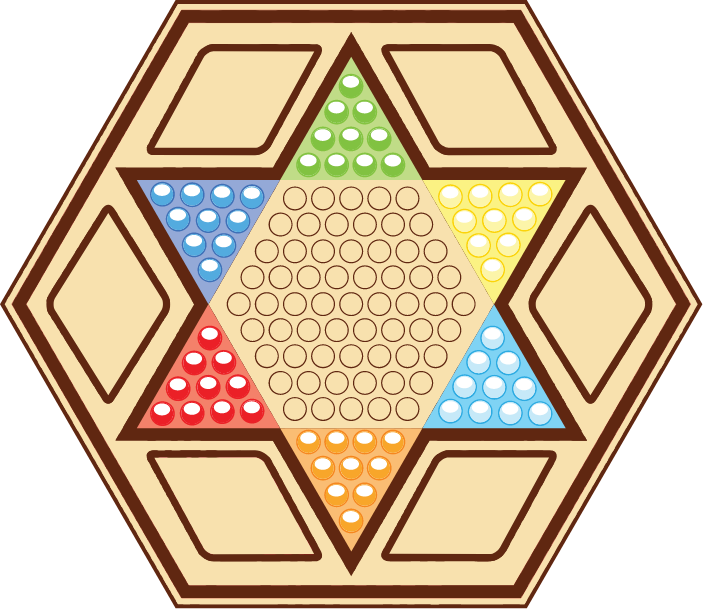How To Play Chinese
Introduction
On the left, create a new game or join an open challenge waiting for another player to join. In the center, click to observe one of the games in progress. On the right, chat with other members of the Xiangqi.com Community. Have fun, be polite, and invite your friends to play! For more detailed instructions, learn how to start your first game. How to Play Chinese Checkers. The Chinese checkers game consists of: A playing board - The board has a six-pointed star. Each point of the star is a triangle. Each triangle is a different color and has ten holes (four holes to each side). The middle of the playing board is a hexagon, and each side of the hexagon has five holes. In this video we'll show you how to play Chinese Poker including rules, gameplay and how to keep score.For more poker news head to http://www.pokerlistings.c. See full list on thesprucecrafts.com. Chopsticks is a game of strategy as well as basic math. It has roots in Japan and can also called Finger Chess, Swords, Split, Magic Fingers, Chinese Fingers, Cherries, Sticks, and Twiddly Dinks. Though there are many variations of rules and different names, the overall theory and spirit of the game remains the same.
In Chinese this game is known as Jiăn Hóng Diăn (pick up red spots) (揀紅點 or in simplified characters 拣红点). It is very similar to the Thai game Red Frog Black Frog (Gob Dum Gob Dang - กบดำกบแดง) and the Indonesian game Main Merah (play red). The playing process whereby a card is flipped from the face-down deck after each play from a player's hand is characteristic of Oriental fishing games.
The first version of the description below was based with permission on the account by Jen Minute (Bullock) on the page http://members.xoom.com/_XMCM/niferbee/frames/Cards/chinese.htm which unfortunately disappeared around the end of 2001 along with the whole of her 'House of Cards' site. Additional information was contributed by David Halber, Stephen Coleman, Florent Barraco and Kantaphon Tongmee.
Players, Cards and Deal
The game is played with a standard 52-card pack. The number of cards dealt to players varies depending on how many are playing. For a game with two players, each player gets twelve cards. For a game with three players, each player gets eight cards. For a game with four players, each player gets six cards. It is easy to remember how many get dealt to each player by simply dividing 24 by the number of people who are playing (i.e. 24 divided by 2 = 12, each player gets 12 cards).
After all the cards have been dealt, four cards are turned over face up from the remaining deck and placed in a layout like this:
| X | X |
|---|---|
| D | (X = card; D = deck) |
| X | X |
The layout isn't that important, if you want your own setup, go right on ahead... (Just as long as you begin the game four cards out and the remaining deck on the table.)
Playing
The object of the play is to capture cards from the layout. A numeral card from Ace (1) to Nine captures another numeral card if their values add up to exactly ten - so for example Ace captures Nine, Nine captures Ace, Three captures Seven, a Five captures another Five, and so on. Tens and picture cards can only capture another card of the same rank: Ten captures Ten, Queen captures Queen, and so on. Suits don't matter for the purpose of capturing.
At your turn you play one card from your hand. If it captures a card from the layout, you take both cards and place them face down in front of you in your pile of won cards; if not you leave it face up as a new layout card. Whether you captured or not, you next flip the top card of the face down deck face up. If this captures a card from the layout you take both cards; if not it remains in the layout. After you have played one card and flipped one card, whether you captured or not, the turn passes to the next player.
Note that each card played or turned up can only capture one card from the layout. If the initial layout is 3-3-6-Q and you play a Seven, you can only capture one of the Threes from the layout (3+7=10). If you play an Ace you do not capture anything (you cannot use 1+3+6=10 to capture two cards at once).
Note also that although the layout always begins with four cards, during the game there may often be more or fewer than four cards in the layout.
For another example, look at the following initial layout with the Jack of hearts, Ace of hearts, Six of clubs, and Two of hearts.
To make a move on a turn (with this layout), a player would need to play (out of his hand) a Jack (on the Jack), a Nine (on the Ace), a Four (on the Six), or an Eight (on the Two). Suppose he plays a Jack. He takes the pair of Jacks and stacks them face down in front of him (for later evaluation). He next flips over the top card from the deck and places it face up on the table. Suppose it's the Six of spades. This does not capture anything. It is now the next player's turn and the new layout is:
If, after capturing the Jack, the player had flipped a Four, capturing the Six from the table, then only two layout cards would remain for the beginning of the next player's turn:
If the rules are followed correctly, then you should finish with no cards in any player's hand, no cards in the face-down deck and no cards in the layout - on the final play, the last card from the deck will always capture the last card from the layout.
Special cases
If the initial layout contains three kings, three queens, three jacks, three tens or three fives, then the fourth card of that rank captures all three matching cards.

If the initial layout consists of four kings, four queens, four jacks, four tens or four fives, then the dealer automatically captures the four of a kind.
These two rules are necessary to avoid having cards in the layout that can never be captured.
Scoring
At the end of the game, each player should have a stack of cards next to him. When there are two players, only the red cards have a value; when there are three players, the Ace of spades also scores; when there are four players the red cards and both black Aces score. Black cards other than Aces are always worthless. The point values of the cards are as follows:
| Cards | Point Value |
|---|---|
| red 2 - 8 | face value |
| red 9 - King | 10 points each |
| red Ace | 20 points each |
| Ace of spades | 30 points when there are three or four players - otherwise zero |
| Ace of clubs | 40 points when there are four players - otherwise zero |
The tie score is
- 105 points in a two-player game
- 80 points in a three-player game
- 70 points in a four-player game.
The difference of your score from the 'tie score' is the amount you win or lose by. If your score is exactly the tie score you have neither won nor lost.
Example of scoring:
Let's suppose a person had the following red cards in a two-player game:
- K, Q, 9, 6, 7, 3, 4, 5, 5, and an Ace of Hearts.
- 10 + 10 + 10 + 6 + 7 + 3 + 4 + 5 + 5 + 20 = 80.
Variations
Taiwan variant
Stephen Coleman describes a variation played in Taiwan. This is for four players. Deal and play are clockwise and the turn to deal passed to the left after each round (i.e. when all the cards have been played and scored). The dealer shuffles and the player to dealer's right cuts the deck and may look at the cut card, which will become the bottom card of the deck. The dealer plays first.
In this version the Ace of clubs is worth nothing; the Ace of spades is the only black card worth points (30). Red aces are 20 points, red K-9 are 10 points, red 8-2 are face value as above. The tie-score (or 'base') is 60 points. It is often played as a gambling game: Losers pay into the pot $1 (Taiwan dollar) for each point less than 60, and winners collect from the pot $1 for each point over 60.
Red 5 Bonus. If a player manages to capture both red 5's in a single play, then the other players must each give him 10 of their points at the end of the round (by giving him one of their captured 10-point cards). [The strategy to avoid this, if you have no red 5's in your hand, is to lay down a black 5 as soon as possible, hopefully forcing another player to play his red 5 on a black one, preventing the bonus.]
Florent Barraco describes a similar version for 2 or 4 players in which the red aces are worth only 10 points rather than 20, like the K-9, red 8-2 are face value and the ace of spades is 30. This gives a total of 220 points, so the tie-score is 110 with 2 players and 55 with 4 players. Players pay or receive according to their difference from the tie score, and in addition a player who captures a red 5 with the other red 5 is paid 10 points by each of the other players.
Red Frog Black Frog (Gob Dum Gob Dang - กบดำกบแดง)
This Thai game, described to me by Kantaphon Tongmee, is played the same way as Chinese Ten, but the scoring is somewhat different.
- Red cards are always worthless.
- Black cards 2-9 are worth face value.
- Black 10-J-Q-K are worth 10 points each.
- The Ace of Clubs is worthless.
- The Ace of Spades is worth 50 points.
Main Merah
This Indonesian version of the game is described on the JB games website, where it can also be played online. There are two or three players.

- Two players are dealt 10 cards each and 12 cards are placed face up on the table, leaving 20 cards in the draw pile.
- Three players are dealt 7 cards each and 10 cards are placed face up on the table leaving 21 cards in the draw pile.
If there are three or four equal cards of rank King, Queen, Jack, Ten or Five face up on the table at the start, the game is considered unplayable. Since each of these cards can only be captured by another card of the same rank, it would be impossible to capture some of the table cards. In this case the whole pack is reshuffled and dealt again.
Tom Slater has pointed out that there are other initial layouts in which not all the table cards can be captured, specifically any layout which contains five or more cards from one of the 'capture groups' [A, 9], [2, 8], [3, 7], [4, 6]. For example if the initial table cards include 8, 8, 8, 2, 2 the fourth 8 captures one of the 2's and the two remaining 2's capture two of the 8's, but one 8 and one 2 will remain and cannot be taken. Players may like to redeal in these cases as well if they are noticed.
In the first deal, the dealer plays first. Subsequently the player with the worst score in the previous deal plays first. The method of playing and capturing cards is the same as in Chinese Ten.
The card values are as follows:
- All black cards are worthless
- Red Aces are worth 20 points.
- Red K-Q-J-10-9 are worth 10 points each
- Res 8-7-6-5-4-3-2 are worth face value
The total value of cards in the deck is 210.
Software
Games4All has published a free Chinese Ten app for the Android platform.
OBJECTIVE OF CHINESE CHECKERS: Be the first player to get all your pieces to the “home.”
How To Play Chinese Lol

How To Play Chinese Chess
MATERIALS: Star-shaped Checker board, 60 pegs (6 different colored sets of 10)
NUMBER OF PLAYERS: 2, 3, 4, or 6 players
TYPE OF GAME: Checkers
AUDIENCE: Teens, Kids, Adults
INTRODUCTION TO CHINESE CHECKERS
Chinese Checkers is a strategy board game. Despite the name, the game actually originated in Germany, where it was called Sternhalma. It is a simpler version of the game Halma, which is an American game. The goal of the game is to move all of one’s pieces across the hexagonal board to the “home,” which is a corner across the board from a player’s starting corner. Players use single step moves and jumps to win. Play continues until all players place, i.e. a second, third, etc place.
SETUP
The game can accommodate 2, 3, 4, or 6 players. A six player game uses all the pegs and triangles. Four player games should be played with two pairs of opposite triangles, two players games should always be played with opposing triangles. Three player games use the triangles equidistant from each other.
Players each choose a color and its 10 corresponding pegs. The unused pegs are left to the side so they are not used in the game.
THE PLAY
Toss a coin to pick the first player. Players alternate turns moving single pegs. Players may move pegs into holes adjacent to the starting hole or jump over pegs. Hopping moves must be to adjacent and empty holes. Players are permitted to hop over as many pegs as possible in a single turn. Pegs stay on the board. When a peg reaches the opposite triangle across the board it cannot be moved out, only within that triangle.

Some rules claim it is legal to block players with your pegs in their home triangle. However, there are anti-spoiling rules which claim these pegs do not inhibit players from winning. The game winner wins by occupying all the vacant holes of the opposing triangle.
REFERENCES: